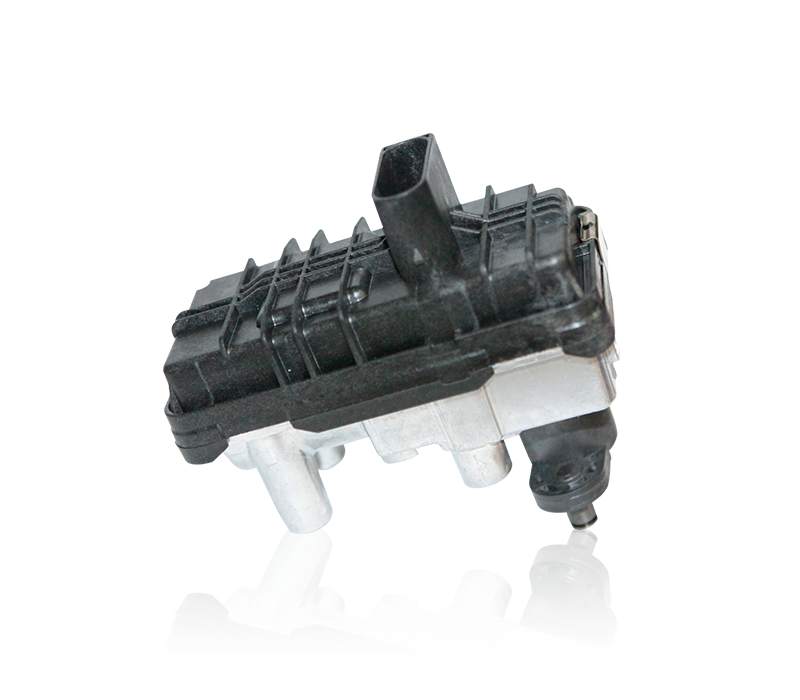Currently, automobiles are moving in the direc […]
Currently, automobiles are moving in the direction of small displacement in order to achieve the goal of energy saving and emission reduction. In theory, displacement is proportional to power. The larger the displacement, the stronger the power. In today's era of smaller and smaller displacements, turbocharging technology can establish a subtle relationship between displacement and performance. Turbocharged engines below 1.0L basically meet the standard of ordinary 1.6L naturally aspirated engines.
Nowadays, many family cars are equipped with small-displacement turbocharged engines. Today, it is embarrassing to go out without the "T". However, the popularization speed of engine knowledge is obviously not as fast as the popularization speed of turbocharging. Therefore, many people drive turbocharged cars as naturally aspirated cars. Over the years, accidental injuries have accumulated and become fatal injuries. According to the characteristics of the turbocharger, the following three points are unknown, which shows that you really don't know how to drive a turbocharged car.
Supercharger overheated
Some people drive a turbocharged car at high speed, then go to the service area to stop immediately. After the engine has been running at high speed for a long time, it should be kept idling for 3-5 minutes before stopping. The reason is that during engine operation, part of the oil is used to lubricate and cool the bearings in the turbocharger. After the engine is stopped, the oil pressure quickly becomes zero, and the high-temperature oil stays between the turbocharger bearings and cannot cool the heat. After the engine is stopped, the turbine blades will still run at high speed for a period of time due to inertia. Therefore, due to the high temperature, the residual oil in the turbine bearings may be too high. This will damage the bearing. This will inevitably affect the service life of the turbocharger for many years.
Lack of lubrication after landing
It doesn’t matter whether the car needs to be warmed up. With the engine and filtering technology, it doesn't matter whether the car is hot or not. But for turbocharged vehicles, this is still necessary. Especially in the cold winter, it should continue idling for a period of time after landing, so that the oil has enough time for the turbine to use. The turbocharger rotor and bearings have been lubricated. Don't step on the accelerator vigorously after starting. Due to poor lubrication, the oil seal of the turbocharger may be damaged and lose its seal.
Does the turbocharger require no additional maintenance?
As we all know, car repair is to replace the "three filters", that is, oil filter, gasoline filter and air filter. Turbocharged engines have higher requirements for the cleanliness of the intake air. With the continuous improvement of oil quality, routine maintenance of 5000 kilometers can be postponed continuously, but for turbine engines, it is necessary to clean the air filter on time in a small maintenance cycle, which can prevent dust and other impurities from entering the turbine, resulting in poor blade speed. Stable or other seals accelerate wear.
For various reasons, when you need to disassemble the supercharger and repair the car, you must remember to keep the joint sealed. You need to plug the joints with clean material to prevent debris from entering the turbine and damaging the internal structure. In addition, because the turbine blades run at high speed for a long time, the lubrication system will coking part of the lubricating oil due to high temperature. Therefore, regular cleaning of the pipes in the lubrication system is also a good vehicle usage habit.
Especially the turbocharger has been working in a high temperature environment for a long time, so more attention should be paid to its maintenance. Otherwise, this long-term vicious cycle will indeed cause the turbocharger to be scrapped in advance, or directly affect the power performance of the engine.
https://www.fcfuda.com
